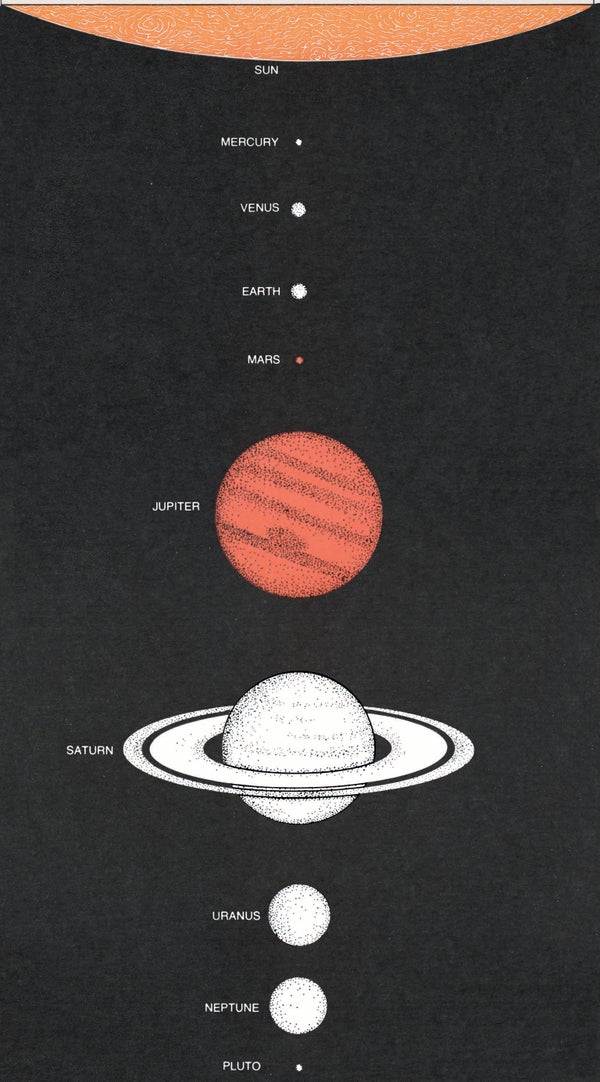The Vatican’s archives contain thousands of manuscripts that are encrypted
Vatican Apostolic Archive
BEATA MEGYESI strode past the Pontifical Swiss Guards, in their Renaissance-era uniforms. She was headed not for the Sistine Chapel or St Peter’s Basilica, but the Vatican’s archives. Precious few people are allowed into this legendary collection of documents and letters spanning 12 centuries. Yet even in that context, Megyesi’s 2012 visit was unusually intriguing. She was here to see texts so secret that no living person, not even the pope, could tell you what they contain.
Megyesi, a linguist based at Uppsala University in Sweden at the time, had travelled to the Vatican to pore over a tranche of papers written in elaborate ciphers – the secret codes used by spymasters and others eager to send private messages. An expert in cracking historical codes, she had been invited after breaking the notorious Copiale cipher.
Megyesi had the opportunity to use the Vatican’s encrypted papers for a project with an audacious goal: to fully automate the process of decrypting historical ciphers so that many thousands of otherwise inaccessible letters could finally speak to us from down the centuries. “The dream is to be able to point your phone camera at a cipher and read it immediately,” she says.
In the decade since, Megyesi and her colleagues have developed software that expedites their painstaking cryptanalysis – and researchers associated with the project have notched some remarkable successes. These include the recent decryption of a particularly fiendish code employed by a 17th-century French nobleman and, most sensationally, the cipher encrypting letters written by …




